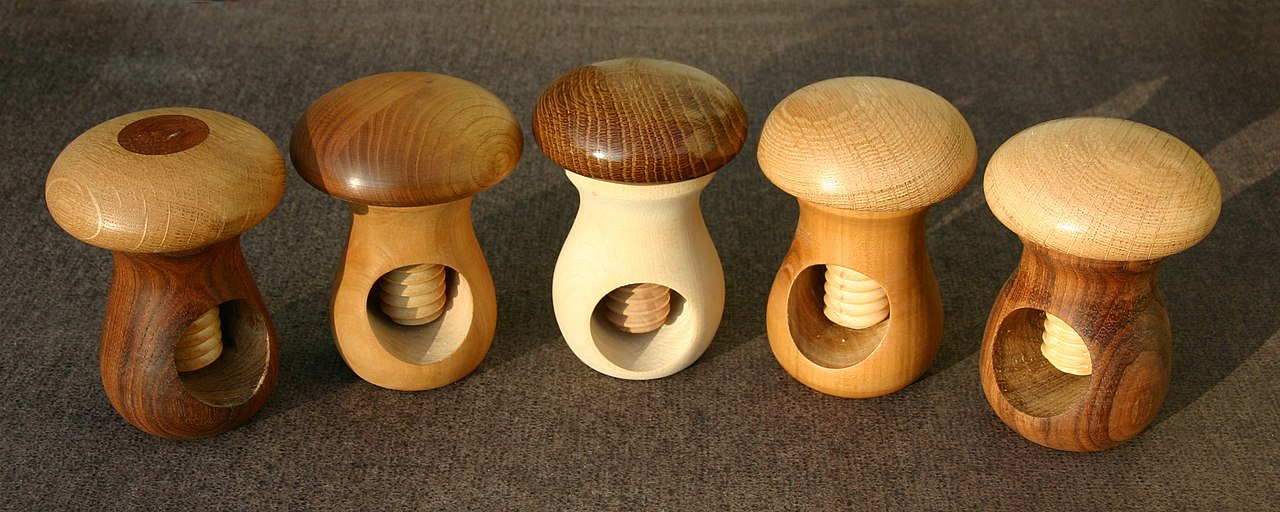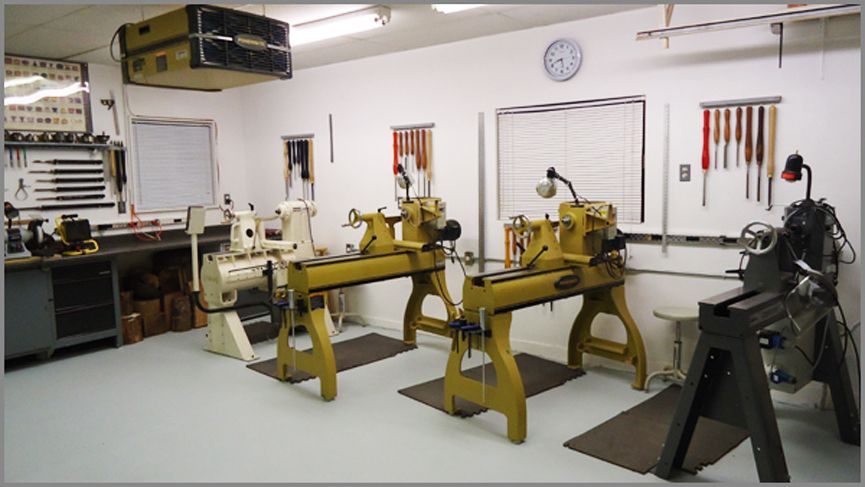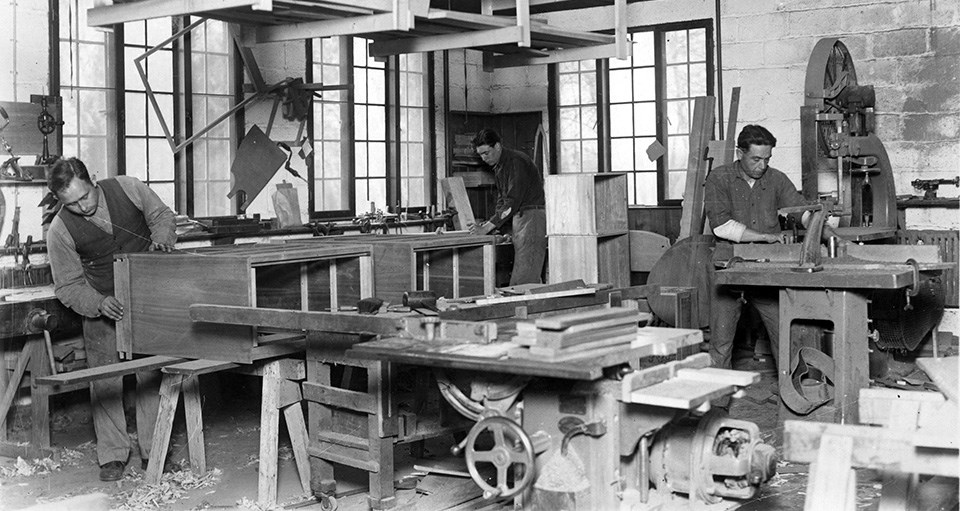
Round carbide inserts can be square or slightly rounded. However, both can be useful cutting tools. For quick removal of heavy materials, square cutters are best. Round inserts can also be used for finishing. Round cutters, however, are more effective at removing material than square-edged cutters. They are also better suited for final cutting. Find out more about each type by reading the following. These are some tips that will help you choose the right round-carbide insert for your lathe.
Parting Tools
There are many benefits to round carbide lathe-tool parting tools. Parting tools have a wide body that provides stability at the base of the tool shaft. The cutting section is also narrower, producing a 1/8" width cut. Carbide parting instruments are more durable and easier to work with than high-speed, steel tools. Keep the cross-slide crank moving slowly until the tool starts to cut. Keep the cross-slide crank moving slowly until a consistent chip curls off of the workpiece. Keep the tool at the same speed until it is finished.
Carbide inserts come in many sizes and styles. These tools are typically made of HSS or tungsten carbide. HSS is generally less expensive and more durable than tungsten carbide. Tungsten carbide is stronger and can withstand higher temperatures. If they are damaged, the carbide inserts need to be replaced. This is possible if you purchase on eBay. To avoid having to re-grind carbide, it should be regularly replaced.
For a proper use of a round carbide turning tool, ensure that its end is squared when placed at the centre of the workpiece. You could end up with a large pit on the workpiece. To avoid this, grind one end of your parting tool to form a point. Although the right end tends to move to the left, the tool can still be used cleanly. Once you have positioned the tool properly, place its tip against the jaw.
Chamfering Tool
The most important operation in any machined part is chamfering. Tool steel is used to make chamfering tools. They can be indexed. There are many sizes, flute counts, and angles available. The angle of chamfering cuts is determined by the angle of cutter body. The most common option is the 45-degree Chamfering Tool. A round carbide lathe with a square chuck should be able to accommodate this tool.

Carbide chamfering tools are used to make threads in bolts, nuts, or other metal objects. To produce a smooth, straight edge, the tool grinds a side-cutting edge at an angle. Standard turning tools have straight cutting edges. A chamfering instrument's cutting edge, however, is angled. The tool's cutting edge is similar to a left-hand external turning tool.
The Ultra-Shear Round Carbide Insert Turning Tools is designed to create beautiful slopes on bowls and spindles. Its sharp blades can easily cut wood fibers without sanding. Even the most inexperienced woodworkers will look like pros when this tool is used on a circular carbide lathe. These tools can also be used to hollow out a bowl.
Square carbide tool for lathe
A square carbide turning tool can be used to do many different things. These carbide tools can be used to quickly remove heavy materials and for flat cutting. A square, slightly rounded carbide lathe tool is a good choice for final finishing cuts. A round carbide lathe tool is best for removing material nearly as effectively as a square tool and is useful for a variety of purposes.

The Simple Rougher is another great tool. The simple rougher can be used to roughen out the radius of a bowl, or for turning beads on a spindle. The solid hard maple handle makes it easier to turn straight lines. The handle is imported from the USA and machined in Grand Rapids. The tool's introductory MSRP price is less than other carbide tools in the market.
A square carbide-ruiner is very similar in appearance to a roughing hammer, but functions differently. You would use a roughing saw to place the handle in contact with the wooden surface and then raise the handle to start shaving. Square carbide roughers work differently. You should place the tool shaft horizontally so that the cutting edge is aligned with the stock's center. This carbide rogue can be used to make tenons and turn bowls. It can also be used for tables and chairs.
FAQ
What type of wood should I choose?
There are many wood types that are used in woodworking, including oak, maple and birch. Every type of wood is different and can have a unique look and feel that will affect the final product. Oak, for instance, is darker and harder than most other woods. Birch is light and soft, while mahogany can be heavier and more dense. You can also pick between veneers and solid wood. Veneers are thin sheets or wood that are glued together into one layer.
What is the difference between plywood and particle board?
Plywood can be described as a mixture of layers and wood that have been pressed together with pressure. Plywood can be cut to different thicknesses. It's commonly used as flooring and cabinets. Particle board is made of sawdust and resin that has been compressed into large blocks. It is used primarily for home improvements. Both types of boards can be easily cut and are durable.
Are you able to teach yourself woodworking
The best way to learn anything is by doing. Woodworking is an art that takes patience, practice, skill and experience. Every craft takes practice and patience.
You can learn the most effective way to master a skill is by actually doing it. Start small and use what you learn.
Can I make my living doing this job?
Yes! Many woodworkers do. According to the U.S. Bureau of Labor Statistics in May 2012, the median annual income for woodworkers was $34,000 This is much higher than the national median of $31,000 per annum.
Statistics
- Woodworkers on the lower end of that spectrum, the bottom 10% to be exact, make roughly $24,000 a year, while the top 10% makes $108,000. (zippia.com)
- Average lumber prices rose about 600 percent between April 2020 and May 2021. (familyhandyman.com)
- In 2014, there were just over 237,000 jobs for all woodworkers, with other wood product manufacturing employing 23 percent; wood kitchen cabinets and countertop manufacturing employing 21 percent. (theartcareerproject.com)
- Most woodworkers agree that lumber moisture needs to be under 10% for building furniture. (woodandshop.com)
External Links
How To
How do you measure wood accurately?
Wood measurement can be done using several methods. We use a digital scale (a tool for measuring distances), a laser-level (used to level your work surface), as well as a bubble level (used in order to level your work surface).
A digital caliper can have two jaws, which open and close. The one jaw holds the object to be measured, while the other measures distance between them. The digital caliper is great for measuring small distances like thicknesses of wood.
Laser levels feature an infrared-light beam that projects lines across the floor. The laser emits red dots on the line. It is possible to see if the surface of the surface are even by looking down at it. Laser levels are ideal for checking the accuracy on large surfaces.
Bubble levels look similar to a compass. There is a bubble at the center of this device. As long as the bubble remains centered, the device can tell you if the surface has been leveled. Bubble levels are good for checking the accuracy of smaller areas.